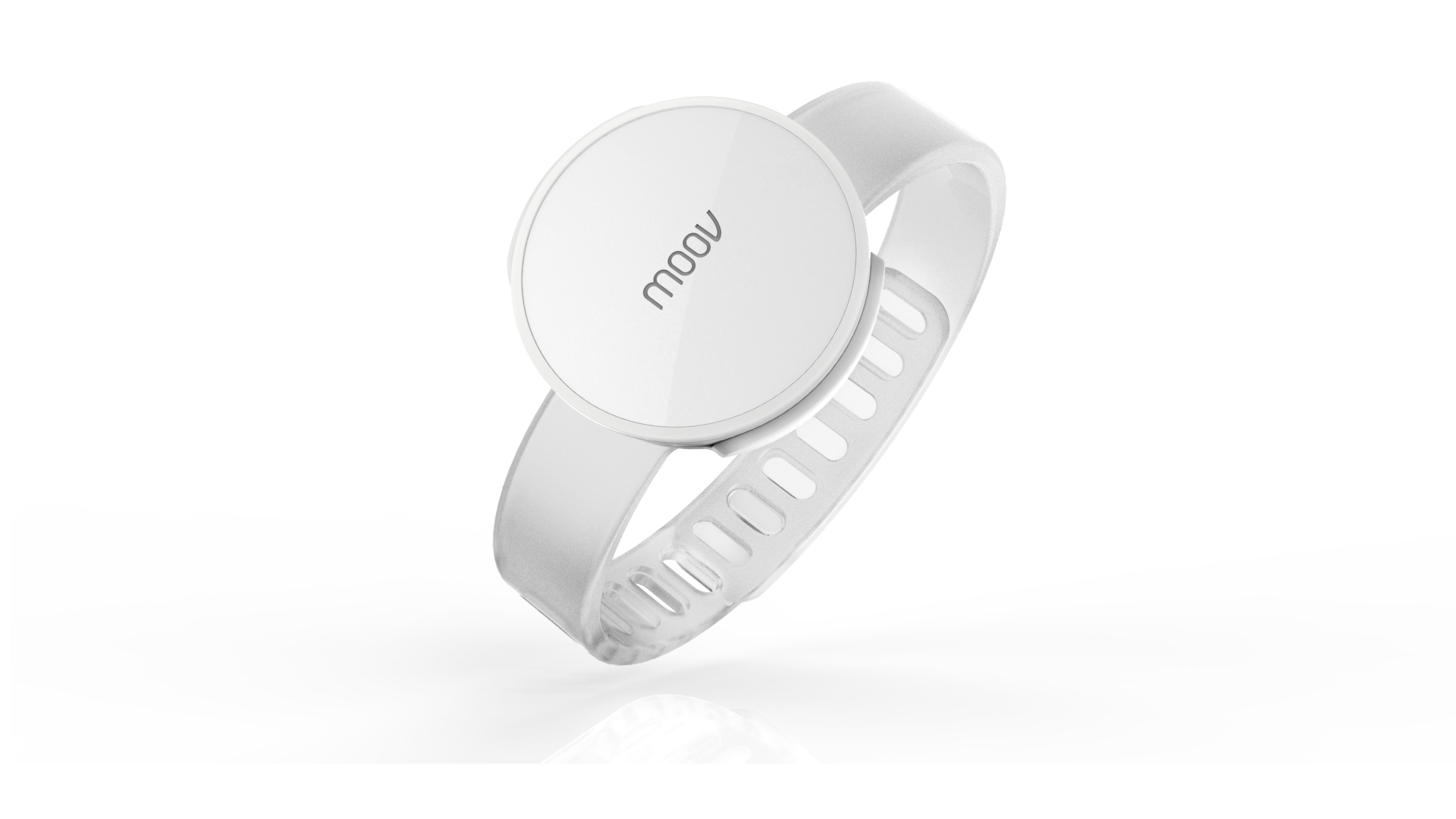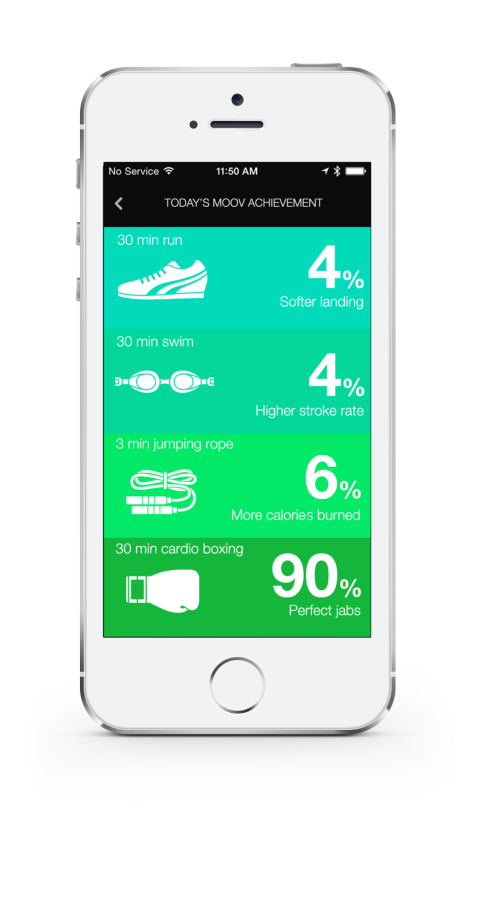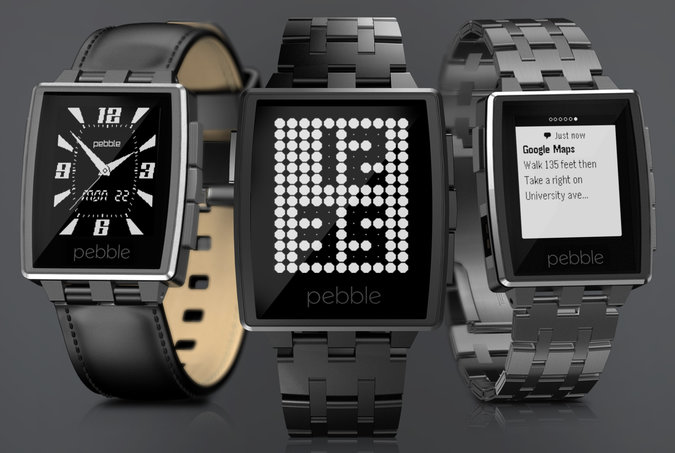17 Mar 2014
By Belle
Quantified Self weekly links: A fitness tracker that doubles as a personal trainer and more
This week in Exist news: our backers campaign continues, and we’ve hit 20% of our goal now.
1. Moov
Though Moov works as an always-on fitness tracker, its real selling point is as a fitness coach. Its aim is to help you get better at particular sports like running, boxing and yoga.

It’s also waterproof so you can use it for swimming, and provides real-time feedback via audio or the mobile app.

A developer SDK is promised, which is a good sign. The intro video shows an example of turning on a light by waving a Moov unit in front of it, so I’m excited about the possibilities of Moov bridging the gap between the Internet of Things and Quantified Self. Oh, and it’s under $70 to pre-order one right now.
2. What is big data?
A closely related topic to Quantified Self is big data, but I wasn’t quite sure of what counts as big data and what doesn’t. This is a simple explanation with some good examples of how big data can be collected and used:
This massive amount of data arises from sensors, posts to social networking sites, digital images, videos posted online, transaction records of online purchases, and from mobile phone GPS signals to name a few.
3. Another call for personalised Quantified Self data analysis
We love seeing people asking for what we’re building Exist to be. Here’s another example:
If mainstream users are going to get better insights, we will need smarter gadgets that collect more types of data, more accurately, which are backed by intelligent services that can turn that data into useful recommendations — immediately.
4. The downsides of tracking your life
A brief look at how tracking everything can get you down:
And so, it would appear that I am indeed an insomniac. Although it’s debatable whether I was an insomniac before or if I had only became one after I continually woke during the night to check my phone obsessively to see how long (or little) sleep I’d just managed?
I think this particular post is a bit extreme, and it does only cover tracking for a couple of weeks. However, the general idea that we could easily become obsessed or disheartened by gathering data about ourselves is certainly something worth being aware of.
5. More beta than chic

A few posts recently have been pointing out the issues with the “wearability” of wearable tech. This New York Times piece took a look at smartwatches in particular, pointing out issues that are holding these devices back from being adopted by mainstream consumers:
For one, most smartwatches and glasses look far less fashionable than the accessories they mimic. For another, they often have mediocre battery life, making them unsuitable for wearing all day. And in general, they can be costly, running into hundreds of dollars, even though their features are often limited or still a little buggy.
More:
- What “Moves” Me: visualisations from the Moves app
- Wii Fit Meter: get in shape the fun way
- Successful habits: focus on structure, not effort
- How to clean your fitness tracker: guide for the most popular trackers
Image credits: Moov, New York Times